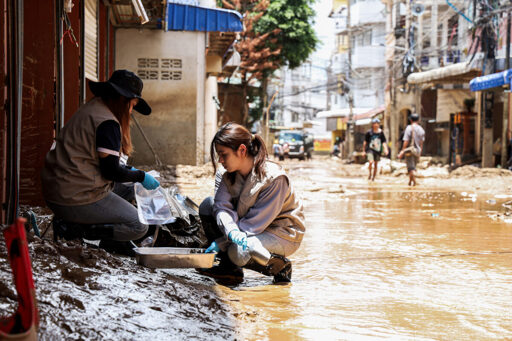- cross-posted to:
- earthscience@mander.xyz
- cross-posted to:
- earthscience@mander.xyz
CHIANG RAI, Thailand — Just days before the water fights were set to erupt across Chiang Rai for Songkran — Thailand’s New Year celebration, held every April and known for its festive street soakings — the city’s residents received a sobering warning: avoid contact with the Kok River, which winds through this northern Thai city of 200,000. The reason? Tests conducted upstream had detected dangerous levels of arsenic and other hazardous substances. The alarm had first been raised the previous month, when people living near and across the border in Myanmar, where the 285-kilometer (177-mile) Kok River originates, reported skin rashes after bathing, elephants showing signs of illness, and fish turning up dead in the water. Just as communities prepared to celebrate renewal and rebirth, their most important river was declared off-limits. Reports of skin rashes and fish kills in the Kok River prompted both officials and activists to conduct tests of the river water. Image courtesy of Ecological Alert and Recovery–Thailand. Since then, the situation has grown even more dire. Follow-up testing in both the Kok and the nearby Sai rivers has revealed widespread contamination , especially close to the Thai-Myanmar border. Most sampling sites have shown arsenic levels far above safety standards, and in some areas the water has turned an unsettling orange-yellow hue. Perhaps even more alarming, elevated arsenic levels have also been found in the Mekong River, which is fed by both the Kok and Sai rivers. Tests at two sampling points in the Mekong showed…This article was originally published on Mongabay
From Conservation news via this RSS feed


